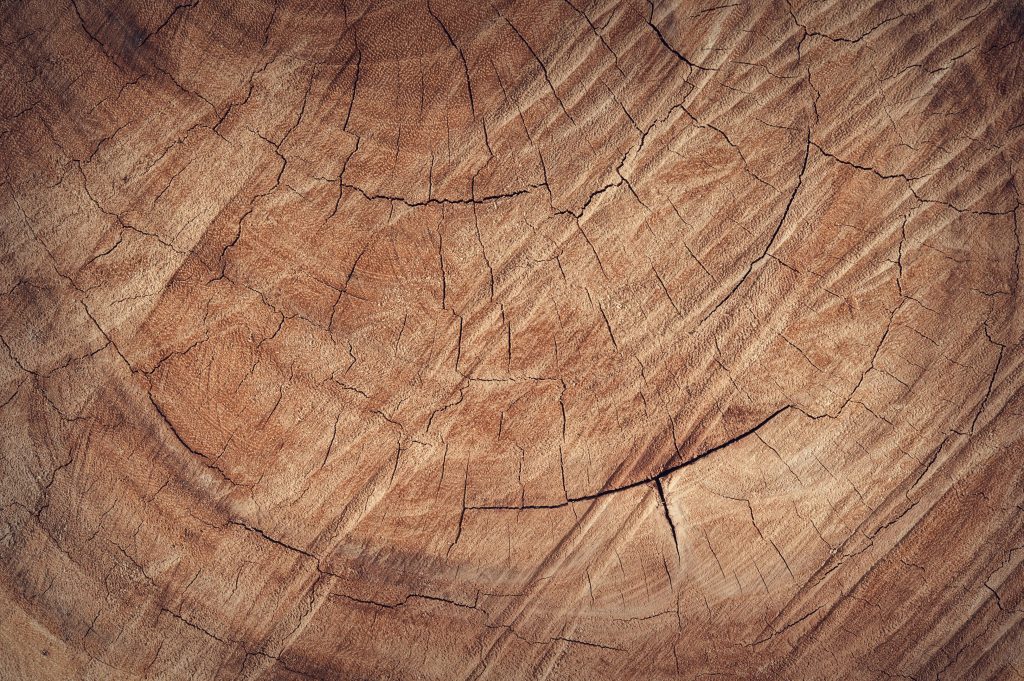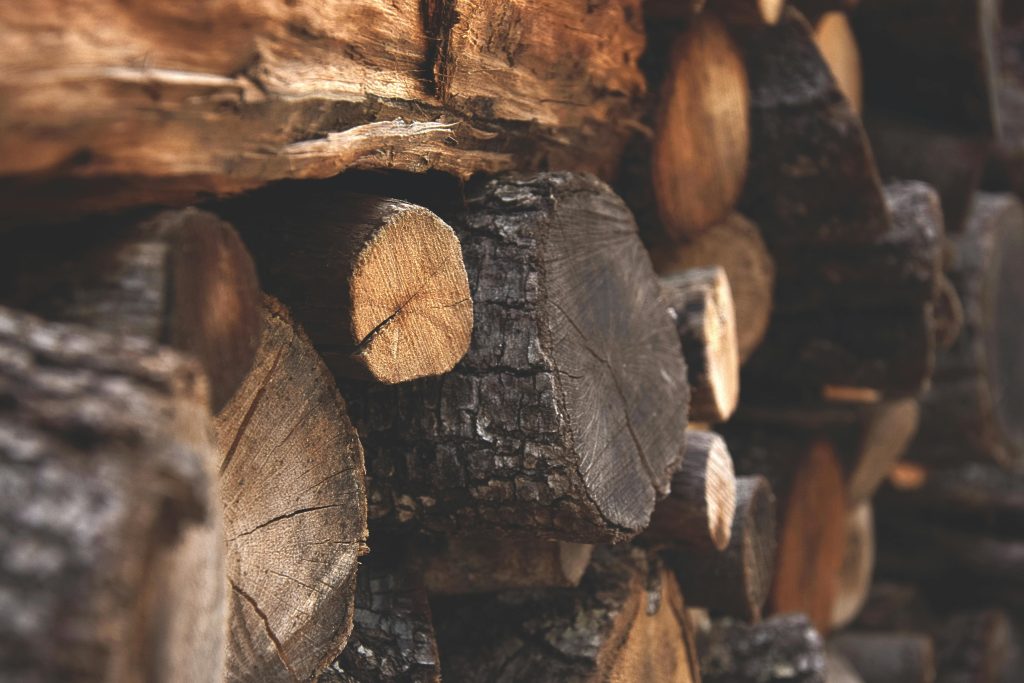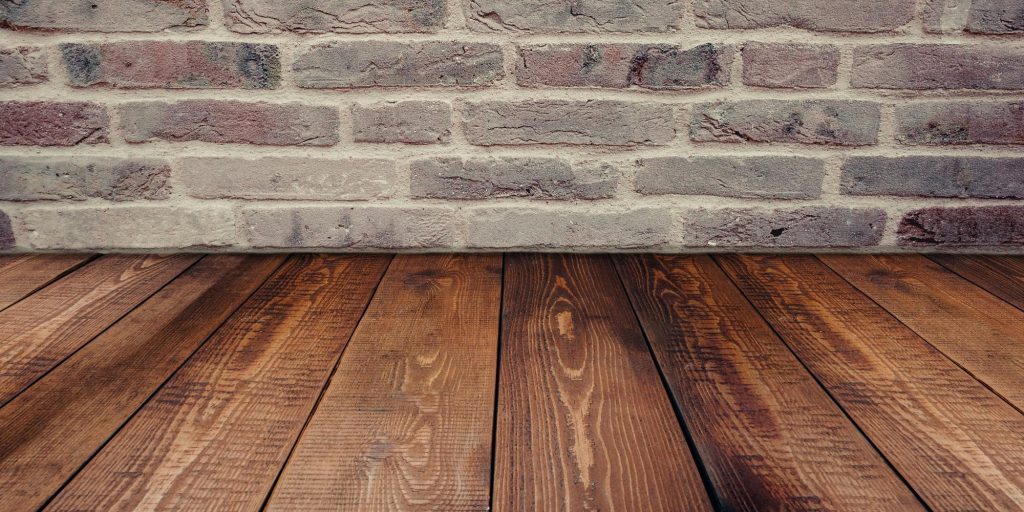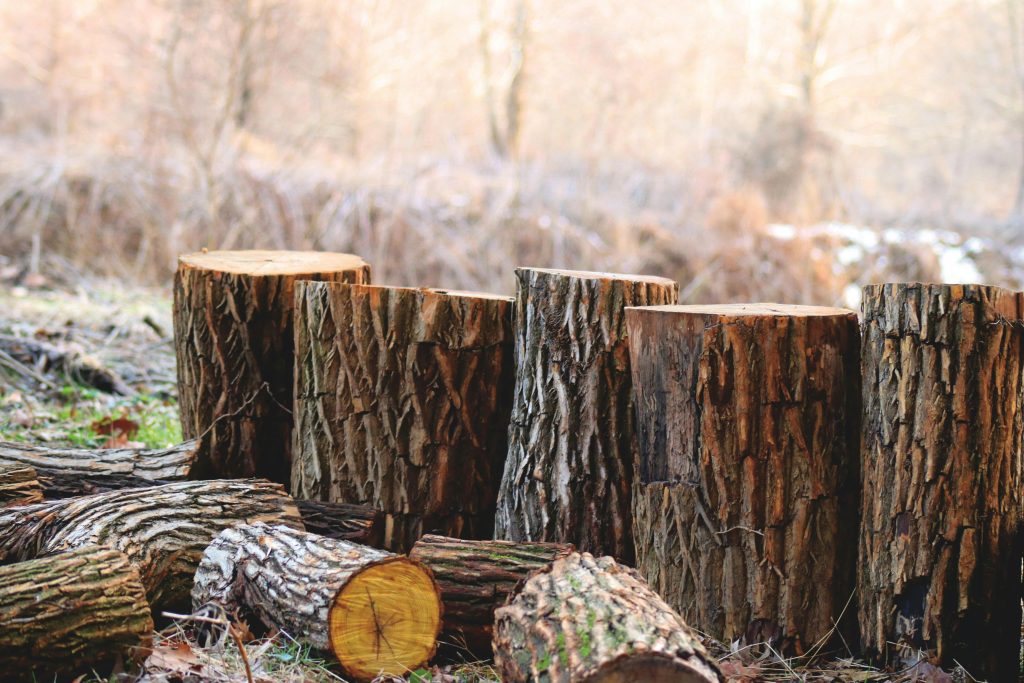Your cart is currently empty!
Researchers in Maryland Developed Super wood, A Rated Timber Material Stronger Than Steel and Fire-Resistant

What if the future of construction didn’t lie in cold steel or dense concrete but in something as ancient and familiar as wood?
For centuries, timber has been shaped, carved, and built upon but always within the limits of its natural strength. Now, a group of researchers from Maryland has turned that assumption on its head. By reengineering wood at the molecular level, they’ve created a material that’s not only stronger than steel by weight, but also resistant to fire, water, and decay all without losing the warmth or workability that makes wood so beloved.
Dubbed Superwood, this new material doesn’t just compete with industrial giants like metal and plastic it challenges them. And in a world where steel and concrete are responsible for up to 90% of the carbon footprint in new buildings, the rise of a renewable, carbon-storing alternative could change everything from the homes we live in to the devices we hold in our hands.
So how exactly does a humble piece of pine become a high-performance powerhouse? And what could it mean for our climate, our cities, and even our furniture? Let’s look at the material that may redefine how we build, innovate, and imagine the future.
How Ordinary Timber Becomes Extraordinary
The transformation of ordinary wood into Superwood is not the result of futuristic nanotech or exotic materials. Instead, it stems from a clever reimagining of a natural material that has always surrounded us. At its core, Superwood is still wood just dramatically restructured to unlock the strength hidden within its cellular makeup.
The process begins with fast-growing timber species like pine or poplar woods often considered too soft or weak for demanding structural use. These are chosen not for their strength, but for their abundance, renewability, and low environmental cost. What happens next is a two-phase treatment that alters the wood at a molecular level.
First, the wood undergoes a chemical treatment. It’s boiled in a solution of sodium hydroxide and sodium sulfite compounds familiar to the paper-making industry. This bath strips away most of the lignin and hemicellulose, the components that hold the wood together and give it its color and stiffness but also limit its flexibility and bonding potential. What remains is mostly cellulose, the tough, fibrous structure that provides plants with their rigidity. In fact, cellulose nanocrystals are among the strongest natural materials known stronger even than Kevlar or carbon fiber at the nanoscale.
Once this purified cellulose framework is exposed, the wood is subjected to controlled heat and pressure. The heat is kept relatively low around 150°F but it’s enough to soften the fibers just enough for compression. The pressing collapses the porous cellular structure, squeezing the cellulose fibers tightly together. In this compressed state, hydrogen bonds begin to form between the aligned fibers, creating a dense, cohesive network that dramatically boosts the wood’s strength and toughness.
This densification results in a material up to 12 times stronger and 10 times tougher than the original wood. It becomes three times as dense and up to 20 times more rigid, yet retains a form that can still be cut, shaped, and fastened using traditional tools. Visually, it maintains the aesthetic appeal of natural wood, sometimes taking on a rich, deep hue reminiscent of tropical hardwoods without the ecological damage of harvesting endangered forests.
The process also offers design advantages. In its early, pliable state before full curing Superwood can be molded into curved or complex shapes, opening possibilities for architecture, furniture, and product design that are difficult or impossible with conventional lumber.
Unlike synthetic composites or heavily processed metals, Superwood doesn’t rely on resins, flame-retardants, or high-temperature smelting. It’s produced using food-safe chemicals and relatively low-energy methods, making it not only effective but inherently more sustainable. It’s a blend of chemistry, compression, and common sense using simple inputs to dramatically improve a material we already know.
Breaking the Limits: Strength, Safety, and Durability

Picture a beam of wood that can shrug off the kind of impact that dents steel, remain unfazed by flames that normally reduce lumber to ash, and keep its shape in steamy tropical heat without a hint of swelling. That is the promise and increasingly the reality of Superwood.
Lab tests show that densified Superwood delivers a strength-to-weight ratio up to ten times higher than steel and a tensile strength roughly 50 percent greater than the metal itself. In practical terms, a 10-kilogram Superwood beam can bear the same load as a 100-kilogram steel counterpart, yet is easier to transport, cut, and install. Compression trials go even further: depending on treatment, Superwood withstands forces up to 50 times what untreated wood endures, while remaining up to 20 times harder and stiffer. One University of Maryland abstract notes that the material “provides tensile strength similar to steel while having a lower density than aluminum,” a combination nearly unheard of outside high-priced carbon composites.
Wood’s Achilles’ heel has always been fire, but Superwood earns a Class A fire rating without chemical flame retardants. Its densely packed cellulose leaves little room for oxygen to feed combustion, so flames char the surface rather than racing through the core. Equally important, the material resists rot, insects, and moisture: in humidity-chamber tests, samples swelled less than 10 percent over five days a fraction of the movement seen in ordinary compressed wood. A simple coat of exterior paint or a thin polymer infusion all but eliminates residual swelling, opening the door to exterior cladding, roofing, and even marine applications.
Perhaps the most vivid demonstration of Superwood’s toughness comes from ballistic trials. Researchers fired steel-tip projectiles at panels the thickness of a paperback. Where untreated pine splintered, Superwood stopped the “bullet” halfway, its surface only slightly dimpled. Such impact resistance hints at uses far beyond building envelopes think lightweight body armor, sports gear, or protective casings for drones and electronics.
Conventional engineered woods often rely on petroleum-based resins or flame retardants that raise health and recycling concerns. Superwood’s bonding network is built on hydrogen ties inside cellulose, so it needs no synthetic glue at all. The food-grade chemicals used in its preparation are recovered in closed-loop systems, and the finished boards remain fully recyclable or, if uncontaminated, even compostable at end of life.
Environmental and Economic Impact

Beneath Superwood’s impressive strength lies its most consequential feature: it may be one of the most sustainable high-performance materials ever developed. At a time when the construction and manufacturing sectors are under urgent pressure to reduce carbon emissions, Superwood offers a compelling alternative not only outperforming traditional materials, but doing so with a fraction of their environmental cost.
A Carbon-Storing Material, Not a Carbon Source
Steel and concrete, the backbone of modern infrastructure, are responsible for up to 90% of the embodied carbon in new buildings. Steel alone contributes approximately 7–9% of global fossil fuel emissions, according to the International Energy Agency. Superwood, by contrast, turns the equation on its head. Made from trees, a naturally carbon-sequestering resource each Superwood beam actually locks in carbon rather than releasing it. Unlike steel, which must be forged in carbon-intensive blast furnaces, Superwood’s production avoids high temperatures, synthetic additives, and heavy machinery.
The result: up to 90% fewer carbon emissions per unit compared to steel, while simultaneously reducing pressure on endangered forests by using fast-growing softwoods or even waste timber. That makes Superwood not just a lower-emissions material but one with circular economy potential, able to repurpose byproducts of logging and sawmill operations that would otherwise go to waste or landfill.
Scalable and Resource-Efficient
What makes Superwood especially promising is that it’s not dependent on rare ingredients or finite resources. The base material pine, poplar, or other common timbers is cheap, widely available, and quick to regenerate. The chemicals used in its processing are benign and already used in food and paper industries. And unlike exotic alloys or carbon composites, Superwood doesn’t demand energy-intensive manufacturing or globalized supply chains. This opens the door to localized production with less transportation impact and greater supply resilience.
Even at current costs estimated between $12.50 and $25 per pound Superwood competes well with metals when performance is factored in. Because it’s far stronger by weight, smaller and lighter Superwood components can replace heavier metal parts, saving not just material volume but also transportation, labor, and lifecycle maintenance costs. A lighter building component is easier to install. A lighter vehicle burns less fuel. A material that resists rot and fire needs fewer chemical treatments over time. These advantages compound.
Investment Momentum Meets Climate Mandates
Backed by climate-focused venture capital including the Grantham Foundation and Builders Vision Superwood’s commercialization through InventWood has already attracted significant attention. The company aims to eventually replace up to 80% of the structural steel used in certain buildings, a staggering goal that reflects the urgency of decarbonizing construction and infrastructure.
For developers and architects working toward net-zero targets, Superwood is more than a green checkbox it’s a way to align performance with principle. And for policymakers and industries racing to cut emissions without sacrificing economic growth, it represents a strategic material advantage that could shift entire supply chains toward sustainability.
From Buildings to Drones and Beyond

Superwood’s breakthrough strength and sustainability are impressive in theory but what truly sets it apart is its versatility in practice. From the structure of high-rise buildings to the frame of a drone, this engineered timber is poised to disrupt industries that have long relied on metals, plastics, and composites. Its unique blend of durability, lightness, moldability, and low environmental impact gives it a runway far beyond traditional lumber.
Architecture and Construction
Superwood’s first steps into the market are grounded literally. InventWood, the company commercializing the material, is beginning with applications like architectural panels and facades for commercial and upscale residential buildings. These early uses allow architects to experiment with the material in non-structural roles, where visual appeal and environmental performance can shine without navigating complex building code certifications.
But that’s only the beginning. Superwood’s light weight, fire resistance, and strength make it a natural candidate for structural components such as beams, columns, and even load-bearing frames. Imagine entire buildings constructed not from steel and concrete, but from a fire-resistant, carbon-storing timber that’s as easy to shape as traditional wood and as strong as metal. Prefabricated housing modules could be built lighter, transported more efficiently, and installed faster with a smaller carbon footprint and greater long-term resilience.
Transportation and Mobility
Lightweight materials are crucial in transportation, where every pound saved translates to reduced energy consumption. Superwood’s superior strength-to-weight ratio makes it ideal for interior vehicle panels, frames, and even structural supports. Automotive engineers are exploring it as a sustainable alternative to metal chassis components, especially in electric vehicles where battery efficiency is paramount.
In the skies, Superwood could truly take off. Drones and unmanned aerial vehicles (UAVs) benefit immensely from lightweight frames. Superwood offers the added benefits of radio-frequency transparency unlike metal or carbon fiber, it doesn’t interfere with antennas or wireless signals. That makes it ideal for drones, satellites, or mobile sensor units where connectivity is key. One proof-of-concept even saw a Japanese team launch a wooden satellite into space, testing the limits of timber under orbital conditions.

Defense and Robotics
From rugged field robots to lightweight armor, Superwood’s ballistic resistance and moldability make it an intriguing material for defense applications. In lab tests, it stopped steel projectiles more effectively than traditional wood, opening the door to protective gear, shields, and reinforced equipment casings that are both stronger and lighter than current alternatives.
Superwood’s easy processing also makes it well-suited for autonomous systems and robotic prototypes. Engineers can rapidly cut or even 3D-print parts using wood-based filaments, then press and harden them into durable forms. In emergency or tactical scenarios, this could enable on-site fabrication of mission-specific equipment from locally sourced timber a concept already being explored by defense agencies using mobile microfactories.
Consumer Products and Furniture
The familiar appeal of wood, combined with Superwood’s enhanced properties, makes it an exciting material for furniture, home goods, and even electronics casings. Designers can shape it into sleek, minimal forms with the look of tropical hardwoods like walnut or ipe without the environmental toll. Its durability means longer product lifespans, while its sustainability credentials align with growing consumer demand for eco-conscious materials.
From tool handles to smart speaker housings, sports gear to bicycles, Superwood invites experimentation. It’s a high-performance material with the soul of something tactile, repairable, and natural qualities often lost in modern manufacturing.
What Superwood Means for Everyday People

Superwood might be born in the lab and destined for the construction site, but its impact is far more personal. As it moves from research to real-world production, this reengineered timber is poised to show up in places that touch daily life our homes, furniture, gadgets, and even the tools we use. And in doing so, it offers something rare in today’s material landscape: high performance without environmental compromise.
Stronger, Safer Homes
For homeowners, Superwood could redefine durability. Traditional timber is vulnerable to fire, moisture, pests, and warping issues that often demand chemical treatments or expensive repairs. Superwood, on the other hand, resists all of these threats naturally thanks to its compacted structure. Flooring made from Superwood could be harder to scratch or dent. Wall panels might stand up to years of humidity without swelling. Even roofs and cladding could one day be constructed with it, offering the warm look of wood with the resilience of metal or synthetic siding minus the environmental baggage.
Beyond performance, Superwood’s natural beauty also adds appeal. The compression process deepens the wood’s grain and color, giving it the rich tone of premium hardwoods like walnut or ipe without requiring exotic or endangered species. That means homeowners and builders can choose elegance and environmental responsibility at the same time.
Furniture That Lasts Longer and Wastes Less
Mass-market furniture often prioritizes low cost over longevity, using composites or laminates that quickly wear down. Superwood presents a path toward sturdier, longer-lasting pieces that don’t sacrifice aesthetic quality. It’s strong enough for sleek, lightweight frames that won’t buckle over time, yet still workable enough to be crafted with standard tools.
For consumers seeking sustainable design, Superwood furniture offers a powerful combination: high-end look, low environmental footprint, and a product that won’t end up in the landfill after a few years. It also aligns with the growing trend of circular design, where products are built to last, repair, and recycle.
Empowering Greener Choices
Superwood also represents a quiet but significant shift in how consumers interact with sustainability. Instead of asking people to choose between eco-friendly and high-performing, it offers both. Its carbon-storing properties, recyclability, and use of underutilized woods mean that every purchase made with Superwood contributes to a cleaner supply chain and a healthier planet.
And for those concerned about indoor air quality, there’s another benefit: unlike many engineered woods or flame-treated products, Superwood doesn’t rely on formaldehyde resins or chemical coatings. That makes it a safer option for families and children, especially in enclosed spaces.
Rethinking What Materials Should Do
Perhaps most importantly, Superwood encourages everyday consumers to think differently about what materials are and what they can be. Instead of defaulting to plastic, steel, or imported hardwoods, it invites people to ask: Is there a better way? It reminds us that innovation doesn’t always look synthetic or high-tech. Sometimes it looks like a familiar plank of wood, reimagined for a smarter future.
As it enters homes, workshops, and stores, Superwood offers a rare alignment of strength, beauty, and conscience. For people who care about what they bring into their lives how it’s made, how long it lasts, and what it leaves behind—it could be a material milestone.
Shaping Tomorrow With the Materials of Today
Superwood isn’t a futuristic concept waiting on the horizon it’s here, entering production lines and design studios, and offering a tangible answer to some of our most urgent challenges. In a time when industries are grappling with climate limits, supply instability, and the environmental cost of materials, Superwood delivers something rare: a solution that doesn’t demand compromise.
It combines ancient raw material with modern insight taking what forests grow in abundance and transforming it into something capable of replacing metals, outperforming synthetics, and lasting for generations. It’s not just an improvement on wood it’s a redefinition of what wood can be.
But the story of Superwood isn’t just about science or sustainability. It’s about agency. Builders can work with stronger, safer materials. Designers can create without leaning on extractive supply chains. Consumers can choose products that reflect their values without sacrificing durability or beauty. And innovators from architects to engineers to local makers can prototype more boldly, knowing the material in their hands is both capable and responsible.
As this material scales, the question becomes not whether we can replace steel or concrete everywhere but how much we can do, and how soon. Because Superwood doesn’t just challenge materials it challenges mindsets. It invites us to build smarter, not heavier. To grow, rather than extract. And to reimagine the structures, systems, and tools we depend on not from scratch, but from a resource we’ve had all along.
If the 20th century was built on steel and plastic, the next great era might just be built on wood not the way it was, but the way it could be.
